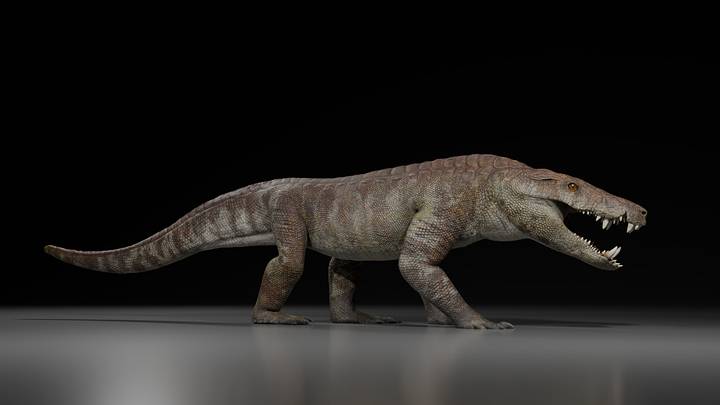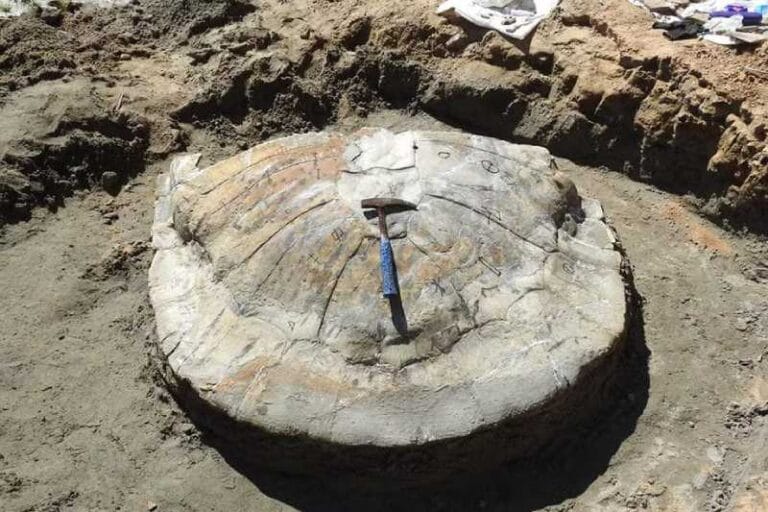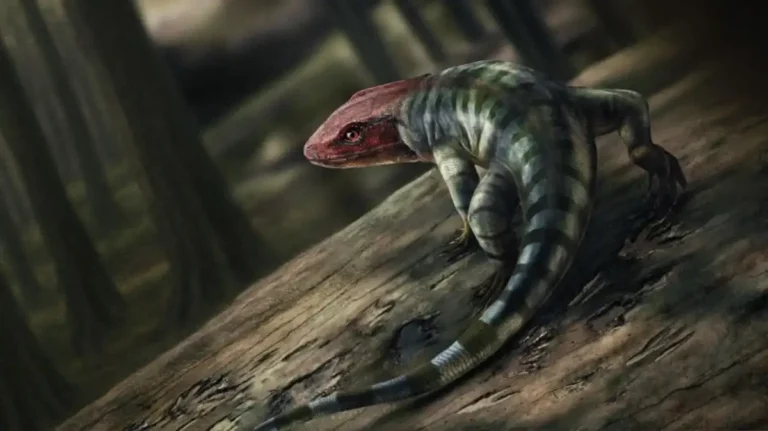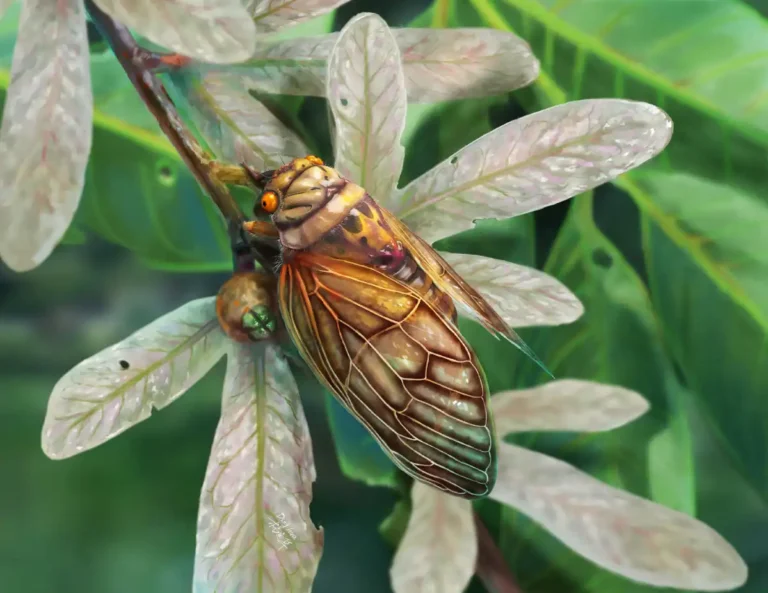200 million-year-old dinosaur skull discovered in China

A remarkably well-preserved dinosaur skull unearthed in China has been identified as a new, previously unknown species, according to researchers.
The fossil, belonging to an early relative of sauropods, was discovered in 2007 at the Lufeng Dinosaur National Geopark in Yunnan Province, southern China. Scientists estimate that this colossal creature reached lengths of up to 33 feet (10 meters).
Named Lishulong wangi, the species is part of the sauropodomorph group, which encompasses sauropods—such as Brontosaurus and Diplodocus—and their evolutionary ancestors.
The sediments encasing the fossil date back to the Early Jurassic Hettangian Age, approximately 201.3 million to 199.3 million years ago, according to a study published on December 12, 2024, in the journal PeerJ.
The researchers suggest that Lishulong wangi is likely the largest non-sauropod sauropodomorph discovered in the Lufeng Formation. This geological formation is renowned for its abundance of early sauropodomorph fossils, with remains from seven other genera unearthed in the region.
The fine-grained sediments of the region played a crucial role in preserving the dinosaur remains, explained Qian-Nan Zhang, the study’s lead author and a paleontologist at the Institute of Vertebrate Paleontology and Paleoanthropology, Chinese Academy of Sciences, in an interview with Live Science. Clays, sand, and silt deposited by ancient lakes and rivers shielded the bones from erosion. Over time, minerals from the sediment permeated the bone structure, facilitating the fossilization process.
These favorable conditions likely explain the exceptional preservation of the skull—a rarity among sauropodomorphs. Although the skull was compressed under the weight of overlying sediments, remarkably few cranial bones were lost, allowing researchers to study it in impressive detail.
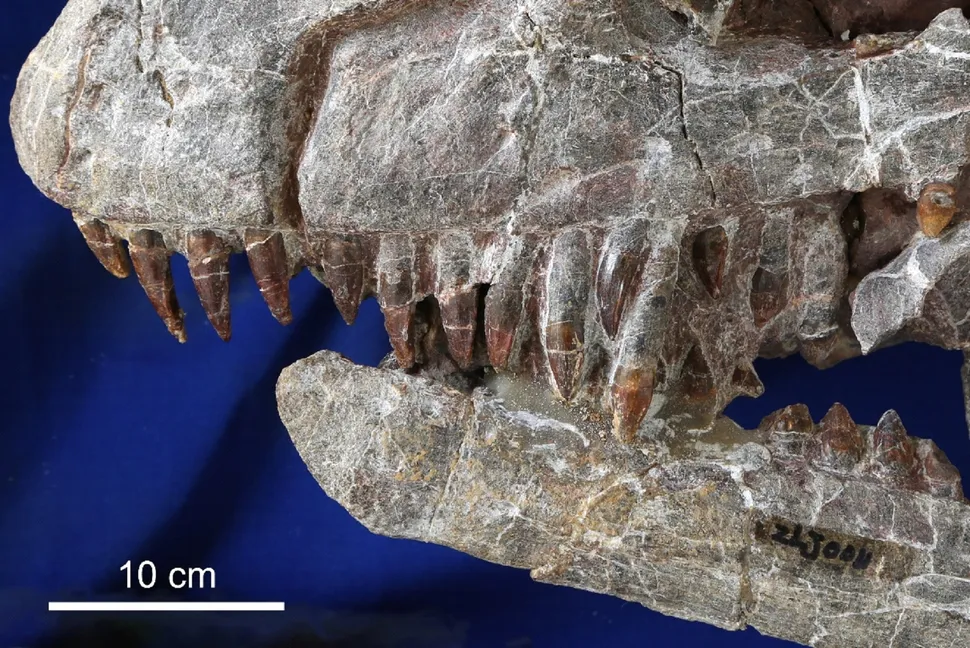
Non-sauropodan sauropodomorphs dominated as the primary medium to large herbivorous dinosaurs until the Middle Jurassic (174.1 million to 163.5 million years ago). Unlike the massive, slow-moving sauropods that later replaced them, these dinosaurs were capable of walking on their hind limbs. They also shared a common ancestry with theropods, such as Tyrannosaurus rex, which retained a bipedal posture.
The newly described specimen includes a skull and nine neck vertebrae. “Due to the absence of preserved shoulder girdle, pelvic girdle, and limb bones, it is not possible to determine whether it was bipedal or quadrupedal,” said Zhang.
However, Zhang noted that L. wangi’s closest known relative, Yunnanosaurus, was likely partially quadrupedal, able to alternate between two and four legs. This suggests that L. wangi might have shared this locomotor versatility. One key feature distinguishing the two species is the size of their nasal openings—L. wangi had significantly larger nostrils.
The species was probably an herbivore. “Their main food sources were probably gymnosperms and other primitive plant types. This likely included ferns, cycads, ginkgos, and conifers,” Zhang said.
The specimen appears to have been fully mature at the time of its death, researchers suggest.
“Based on the fusion of skeletal elements in the skull and cervical vertebrae, as well as the overall size of the individual, it is inferred that this specimen likely represents an adult,” Zhang said.
It’s still unclear how L. wangi met its end. “Because the specimen is only preserved with its skull and cervical vertebrae and lacks other bones, it suggests that the remains have undergone transportation after death, complicating the determination of the cause of death,” Zhang said.

